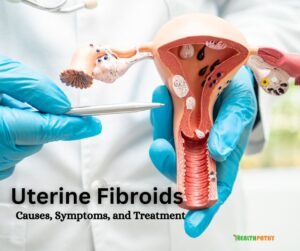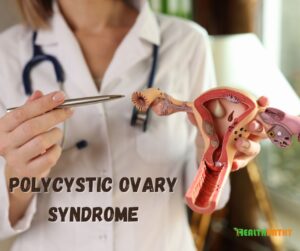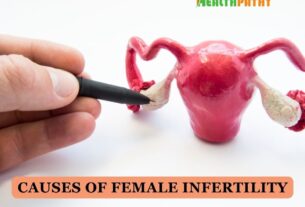This thorough post will go over myomectomy, a surgical treatment that gives people with uterine fibroids hope and relief. We will discuss the definition of a myomectomy, its various forms, the indications for its use, and what to anticipate prior to, during, and following the surgery. We’ll also discuss its advantages, dangers, and recuperation procedure. Read on to learn more about this life-changing procedure if you or someone you know is thinking about it.
Uterine Fibroid
Understanding uterine fibroids is crucial before discussing myomectomy. Abnormal growths in the uterus that are not malignant may cause pelvic pain, excessive menstrual flow, and bladder pressure, among other symptoms. Determining the right course of treatment requires an understanding of the characteristics of fibroids.
Myomectomy: What is it?
A myomectomy is a surgical treatment that keeps the uterus intact while removing uterine fibroids. For women who want to reduce the symptoms of fibroids without having to have their uterus completely removed during a hysterectomy, this is a feasible alternative.
Varieties of myomectomy
Myomectomy can be done in a number of ways, each with special benefits. The patient’s general health and the size, quantity, and location of the fibroids will determine which procedure is best. Typical kinds consist of
- Laparoscopy.
- Hysteroscopic.
- Myomectomy of the abdomen.
Signs and Causes of Myomectomy
It is advised in a number of situations, including
- Symptom relief for fibroid disorders.
- Addressing the issue of fertility.
- keeping the uterus intact for cultural or personal reasons.
It is imperative that you speak with a healthcare provider about your particular circumstances in order to decide if a myomectomy is the best course of action.
Protocol
The surgeon meticulously removes fibroids from the uterus during a myomectomy. To prevent as much damage as possible to the healthy uterine tissue, this treatment calls for precision and experience.
Options for Anesthesia
Anesthesia can be administered to patients in a variety of ways, such as local, regional, or general. The surgical strategy, the patient’s preferences, and the surgeon’s advice all influence the decision.
After a myomectomy, recovery
While everyone’s recovery is different, most people can anticipate a few weeks of recuperation. Resuming regular activities, controlling post-operative pain, and adhering to your doctor’s recommendations are all essential steps in the healing process.
Advantages of a myomectomy
A myomectomy can prevent more invasive procedures, preserve fertility, and provide relief from fibroid symptoms, among other advantages. It can greatly raise a patient’s standard of living.
Hazards and Difficulties
Similar to any surgical process, there are inherent dangers involved. These consist of scars, bleeding, and infection. You will be informed about these dangers in advance by your surgeon.
Other Medical Interventions
For uterine fibroids, there are more options for treatment than before. Medication, embolization, or simply patient waiting are some of these choices. The best course of action might be guided by your healthcare provider.
Pregnancy and Fertility Following Myomectomy
Many of them go on to become pregnant and have good pregnancies as a result. We’ll talk about how it affects fertility, how it affects pregnancy, and what to anticipate if you want to grow your family.
In summary
One glimmer of hope for people struggling with uterine fibroids is a myomectomy. It provides a means of reducing symptoms, maintaining fertility, and enhancing general health. For advice on the best course of action, speak with a healthcare professional if you’re thinking about it.
Answers to Common Questions (FAQs)
1 Is myomectomy the sole course of treatment for fibroids in the uterus?
Although it’s a common procedure, some patients may benefit from alternative options. Consulting a healthcare provider about your particular situation is imperative.
2 How much time does it take to recover from a myomectomy?
While recovery times can vary, most patients should plan on several weeks to heal. Adhering to the instructions for post-operative care is crucial for a more seamless recuperation.
3 Can I get a myomectomy and then have kids?
Many of them go on to become pregnant and have healthy pregnancies as a result. The effect on fertility, however, might differ from person to person.
4 What possible side effects can a myomectomy cause?
Infection, bleeding, or scarring are examples of complications. Prior to the procedure, your surgeon will go over these risks with you.
5 How can I determine whether a myomectomy is the best option for me?
It is essential to seek advice from a healthcare professional. They will evaluate your particular situation and assist you in making an educated choice about a myomectomy or alternative forms of treatment.
A myomectomy is a surgical procedure that offers people with uterine fibroids relief and hope. The process, advantages, and considerations have all been thoroughly examined in this article. Remember that there are efficient treatment options available if you or someone you know is dealing with uterine fibroids; it might be the best route to a happier and healthier life.
Related Article



Follow us






